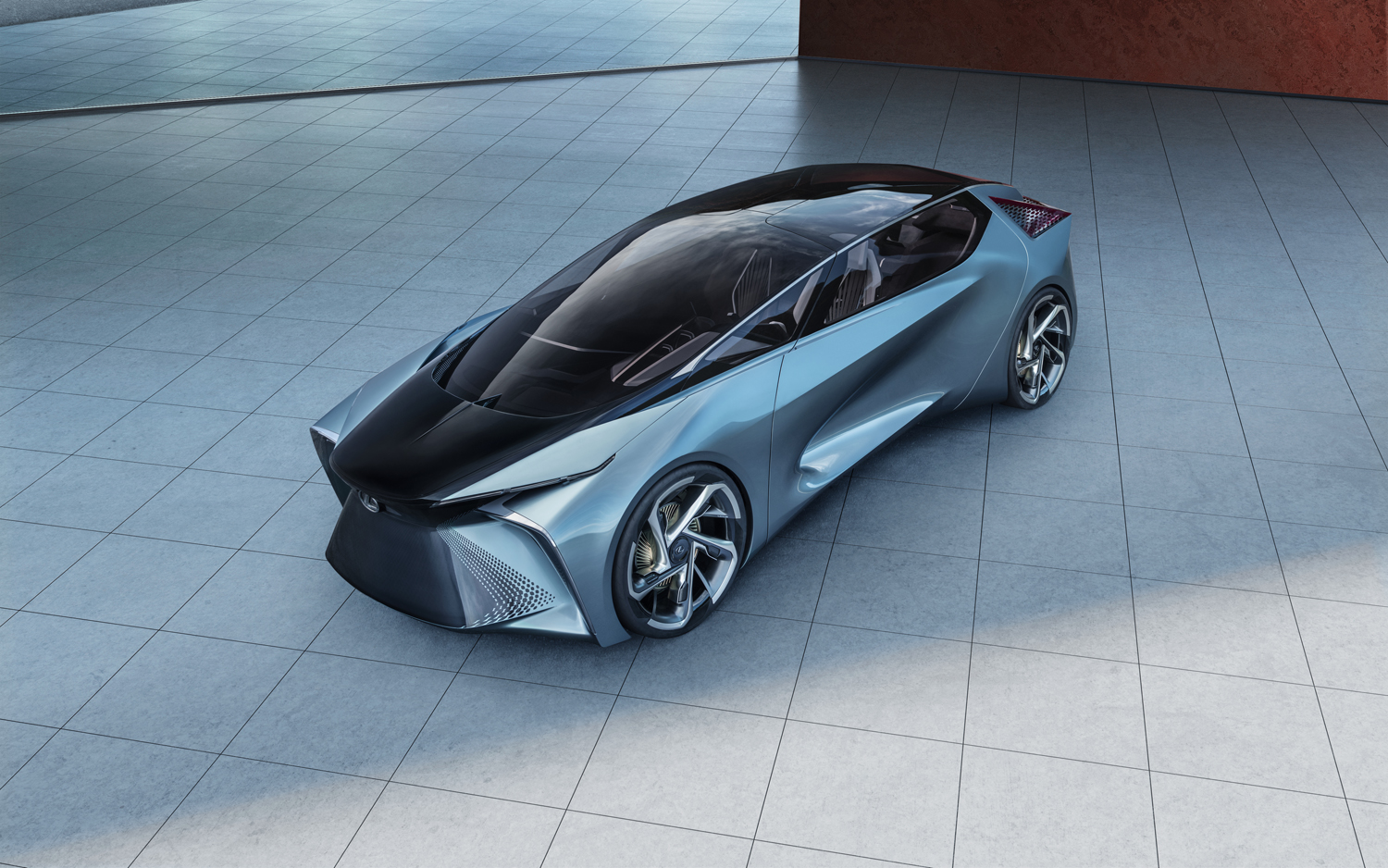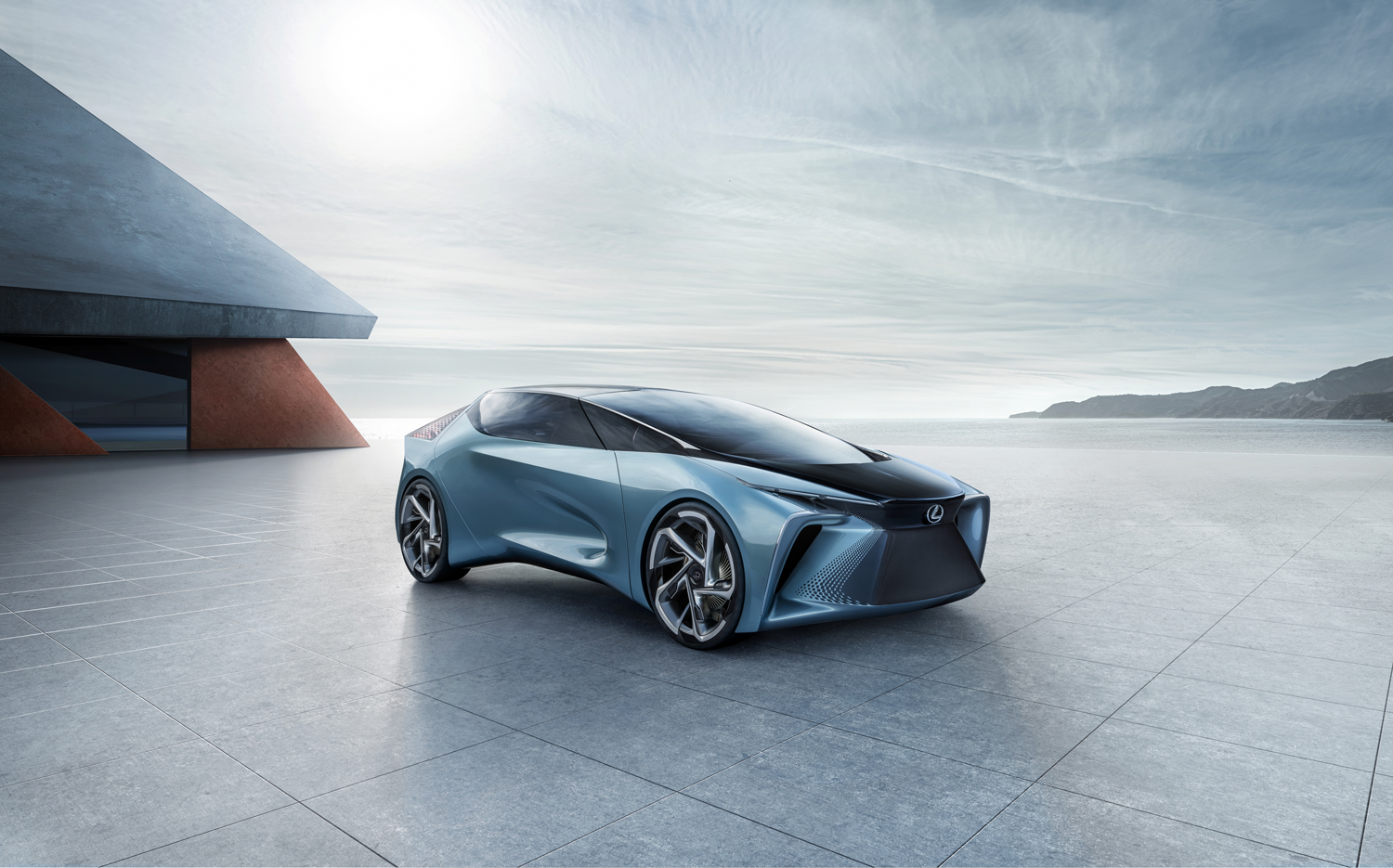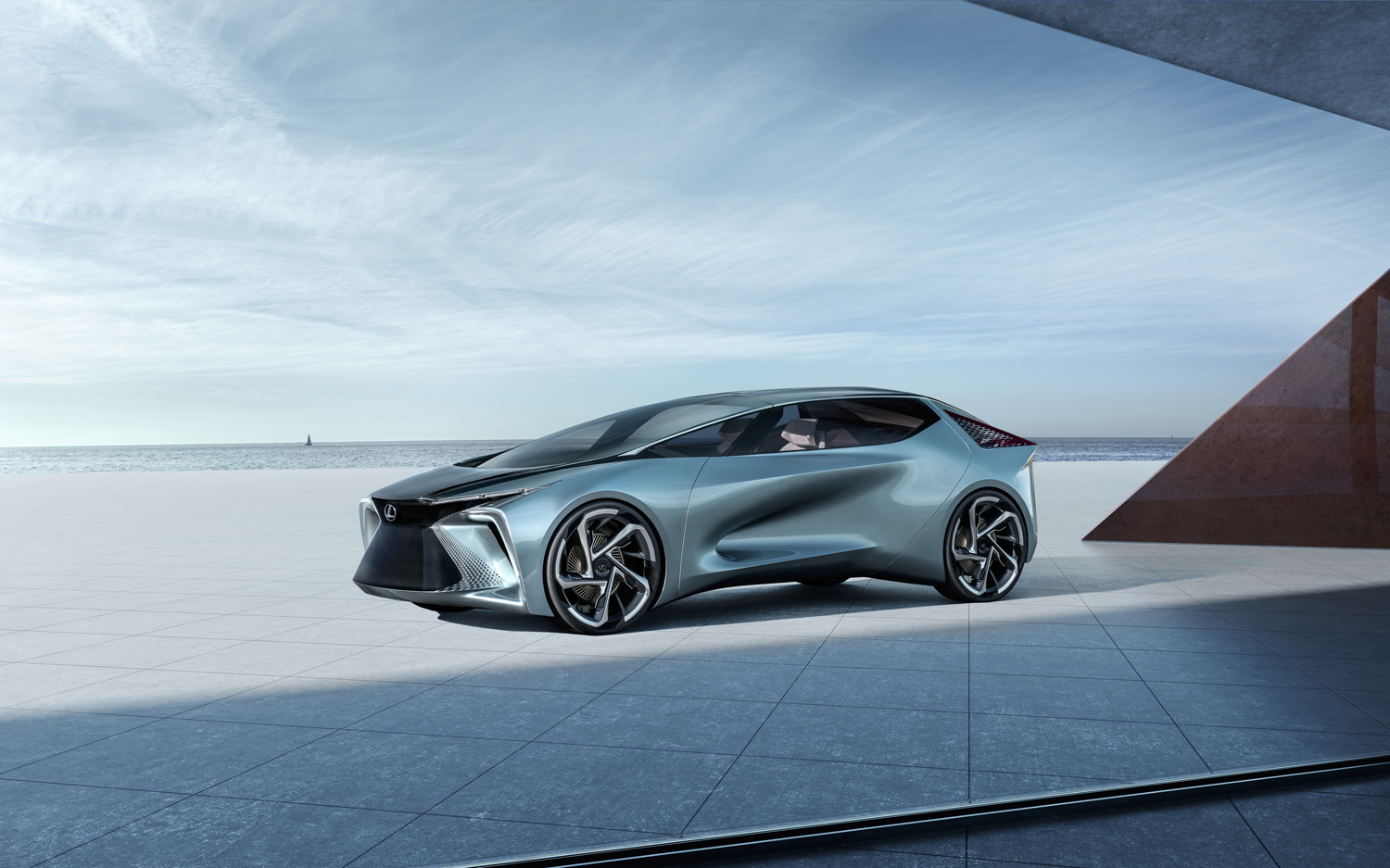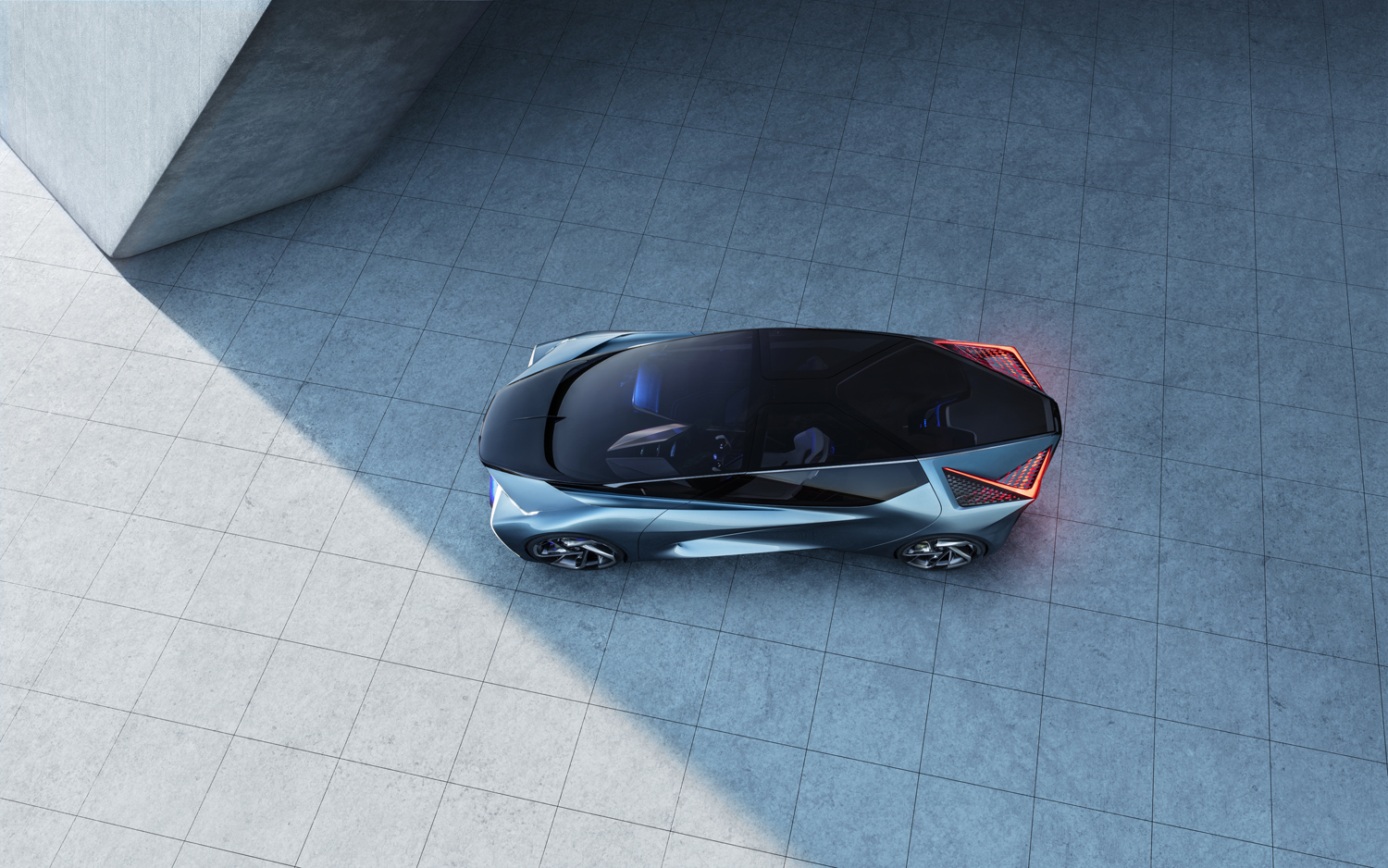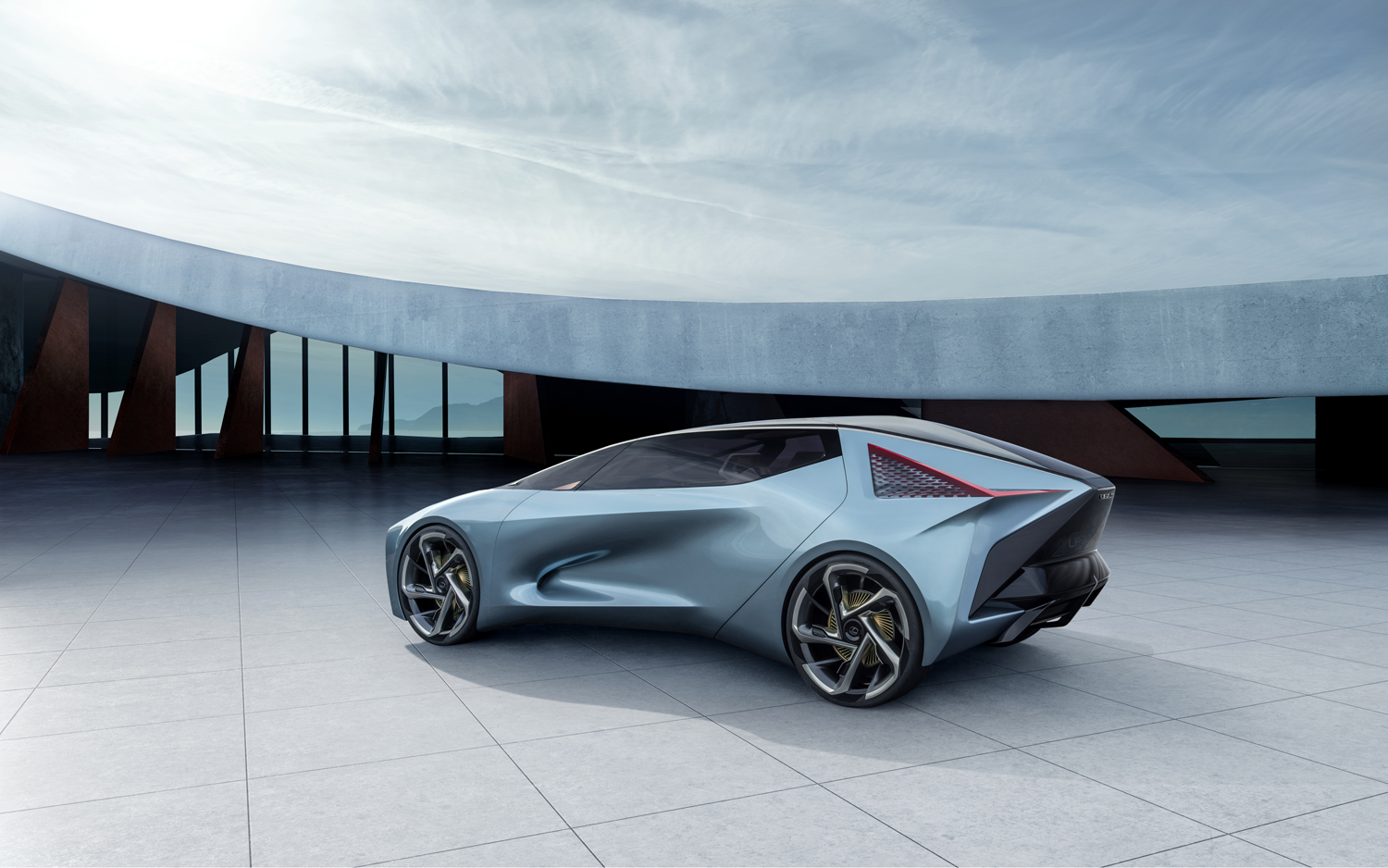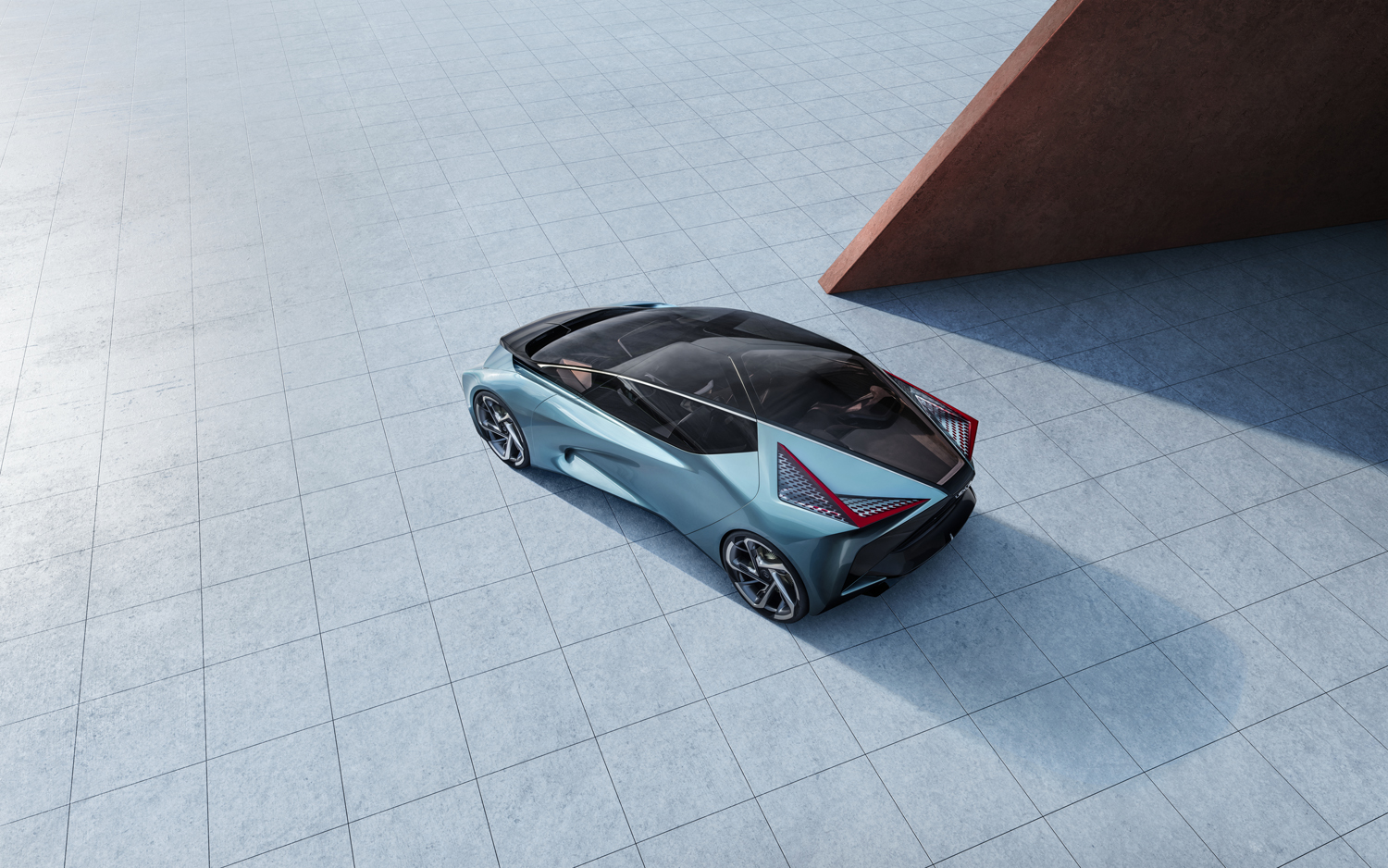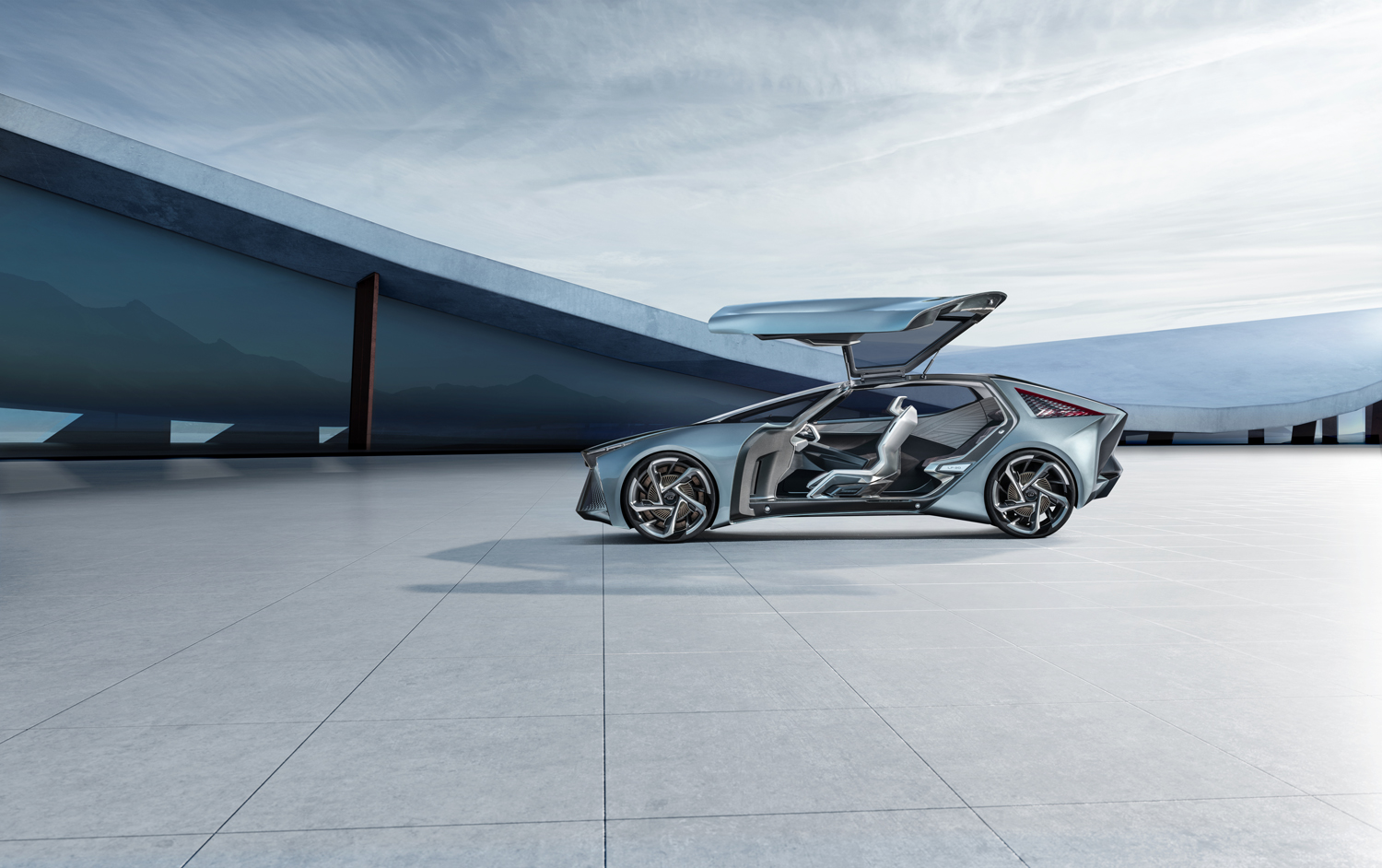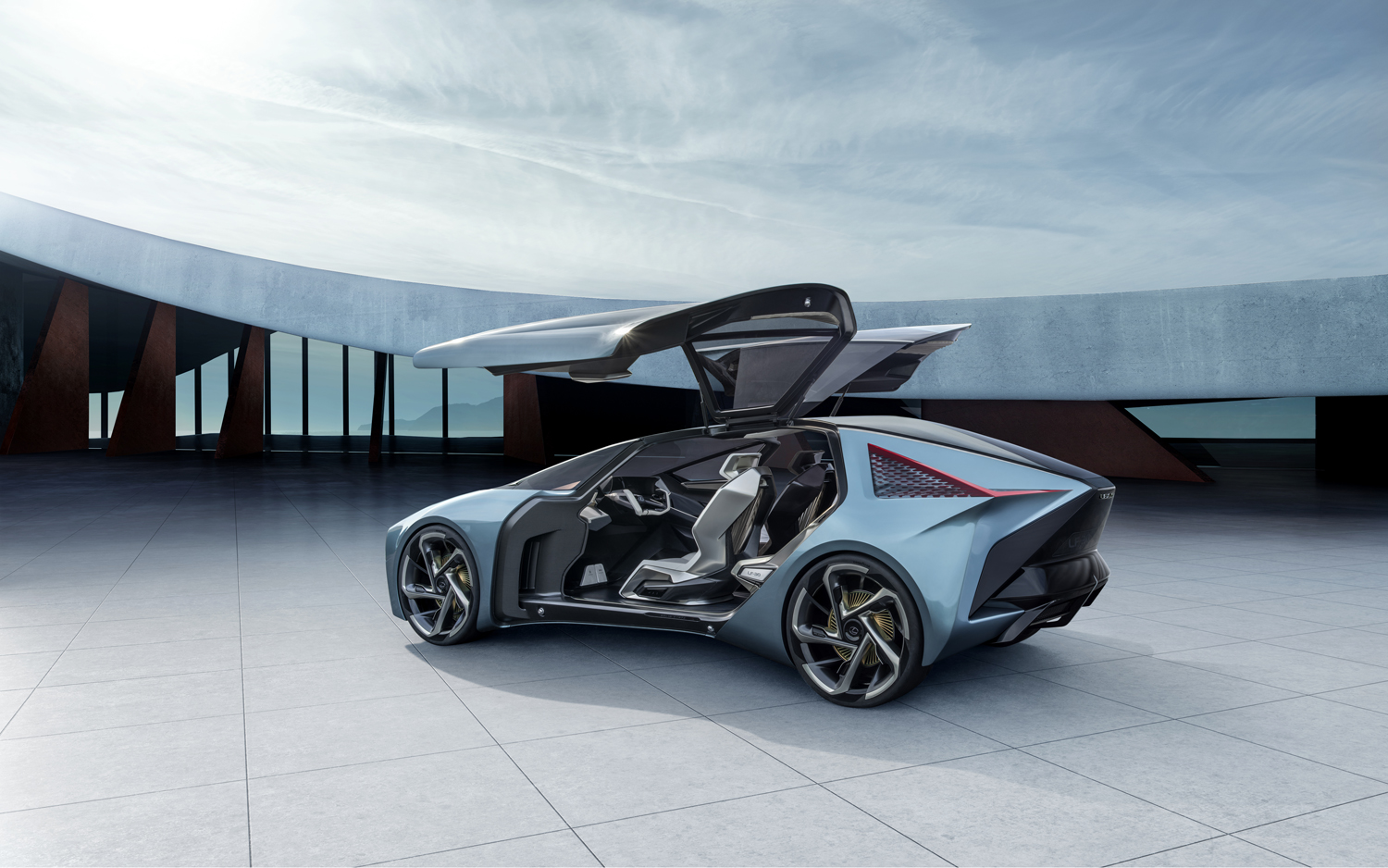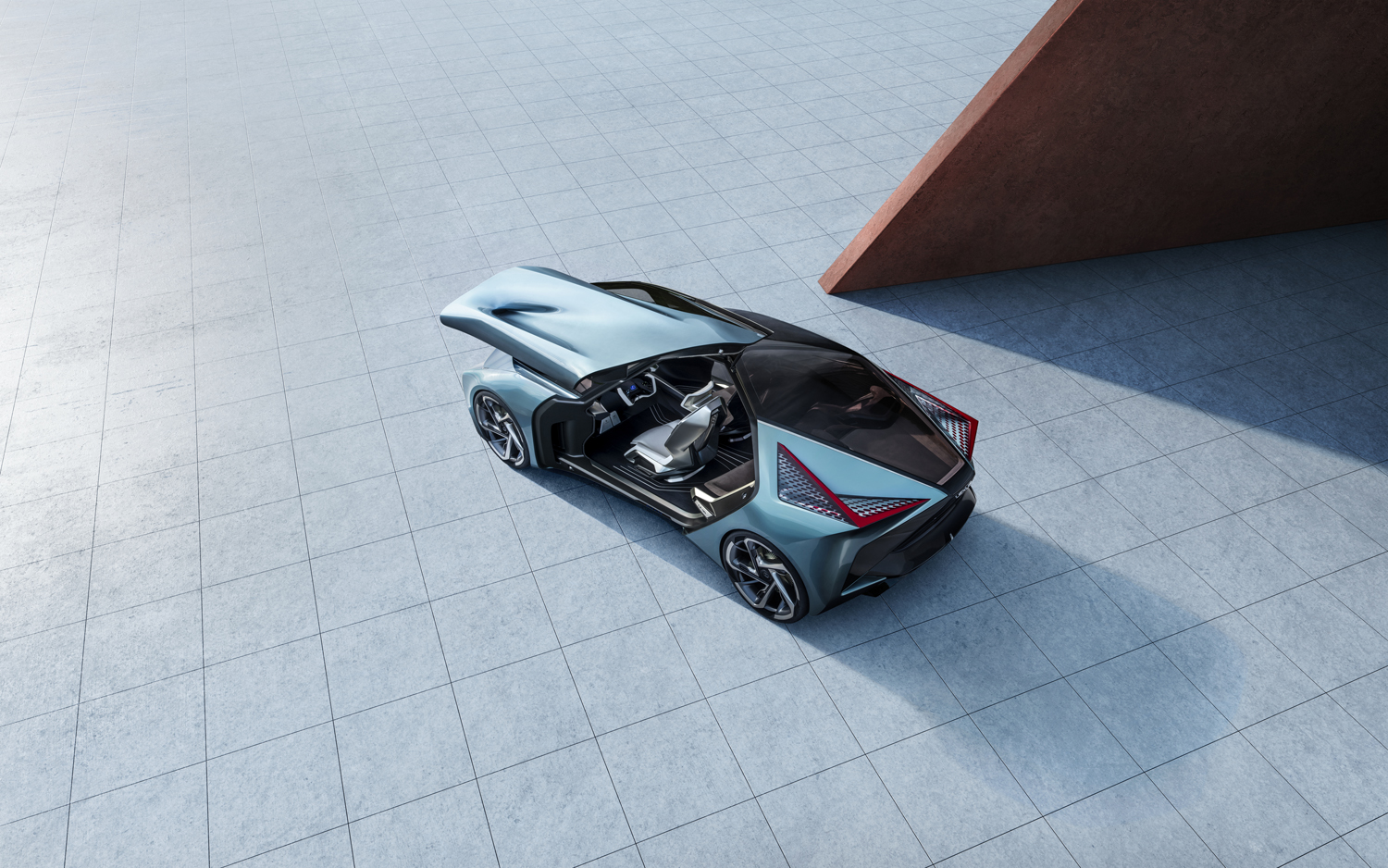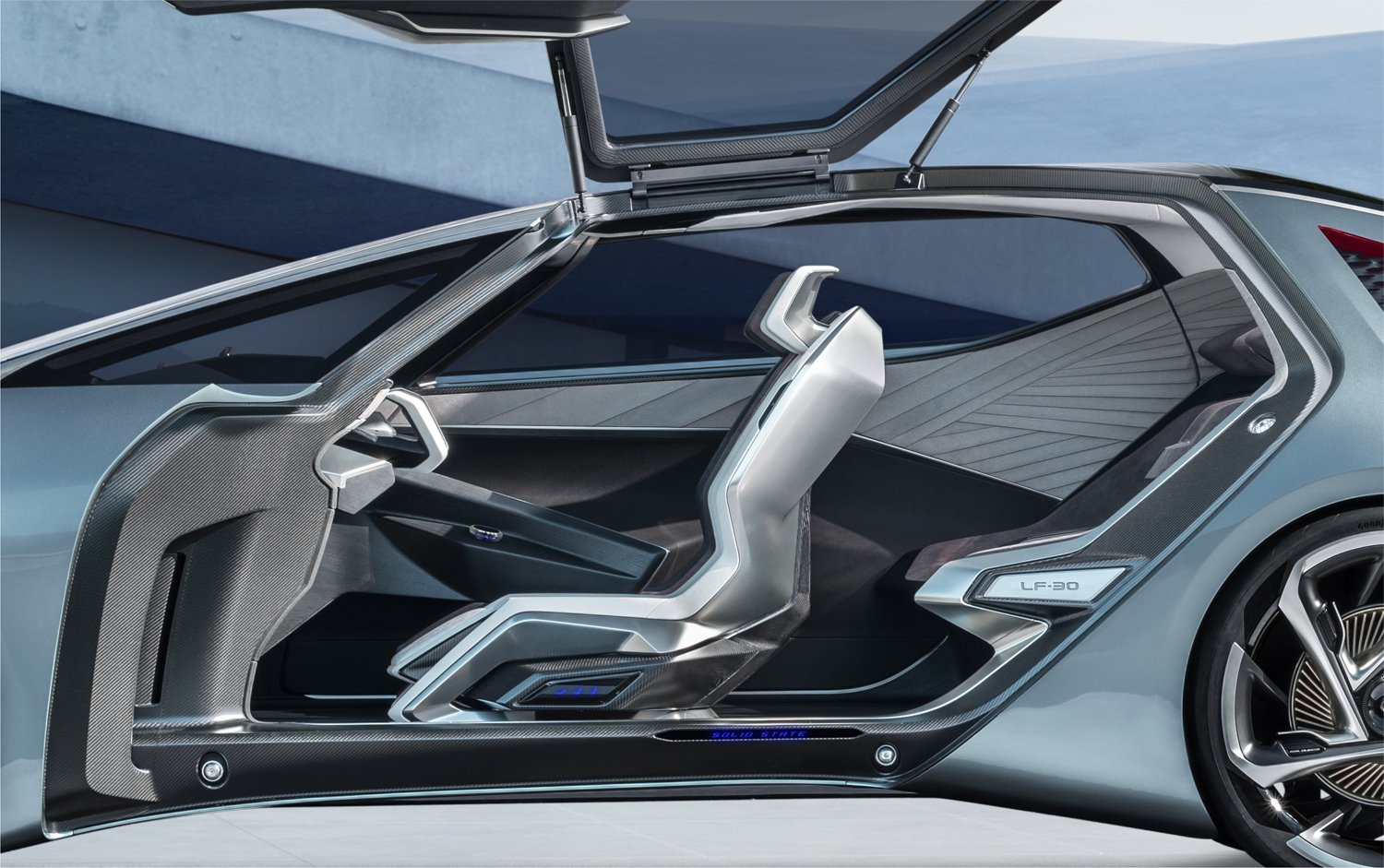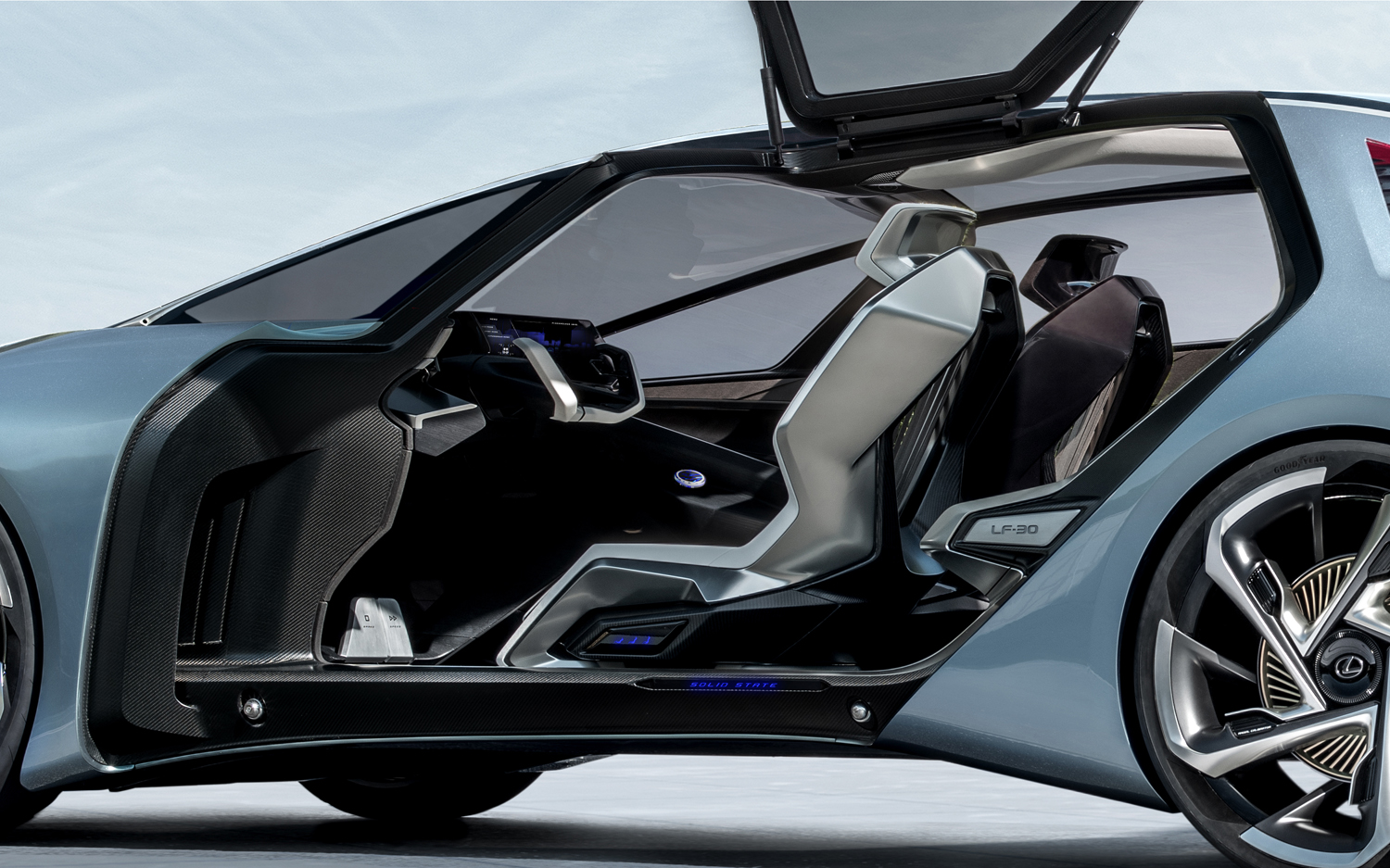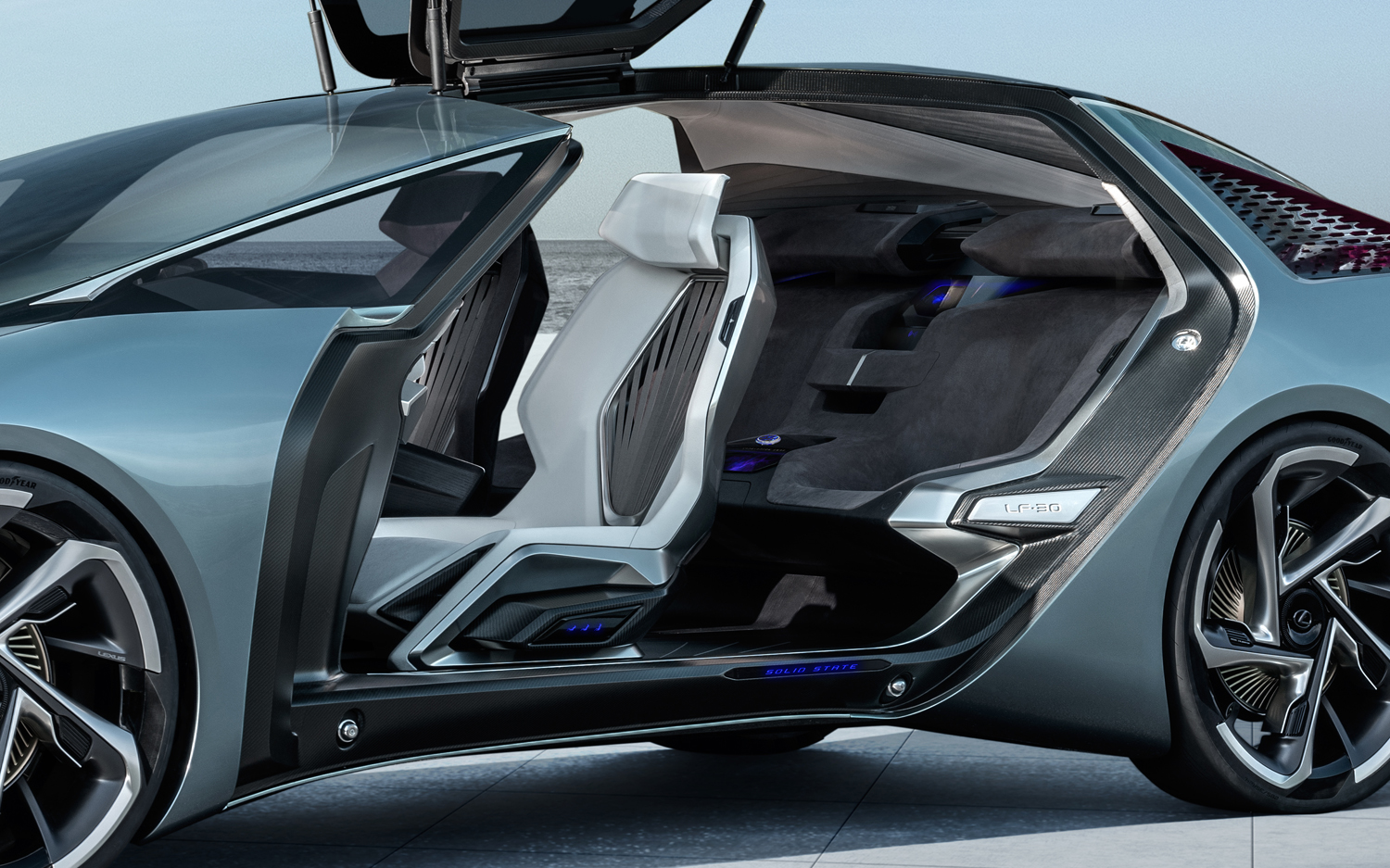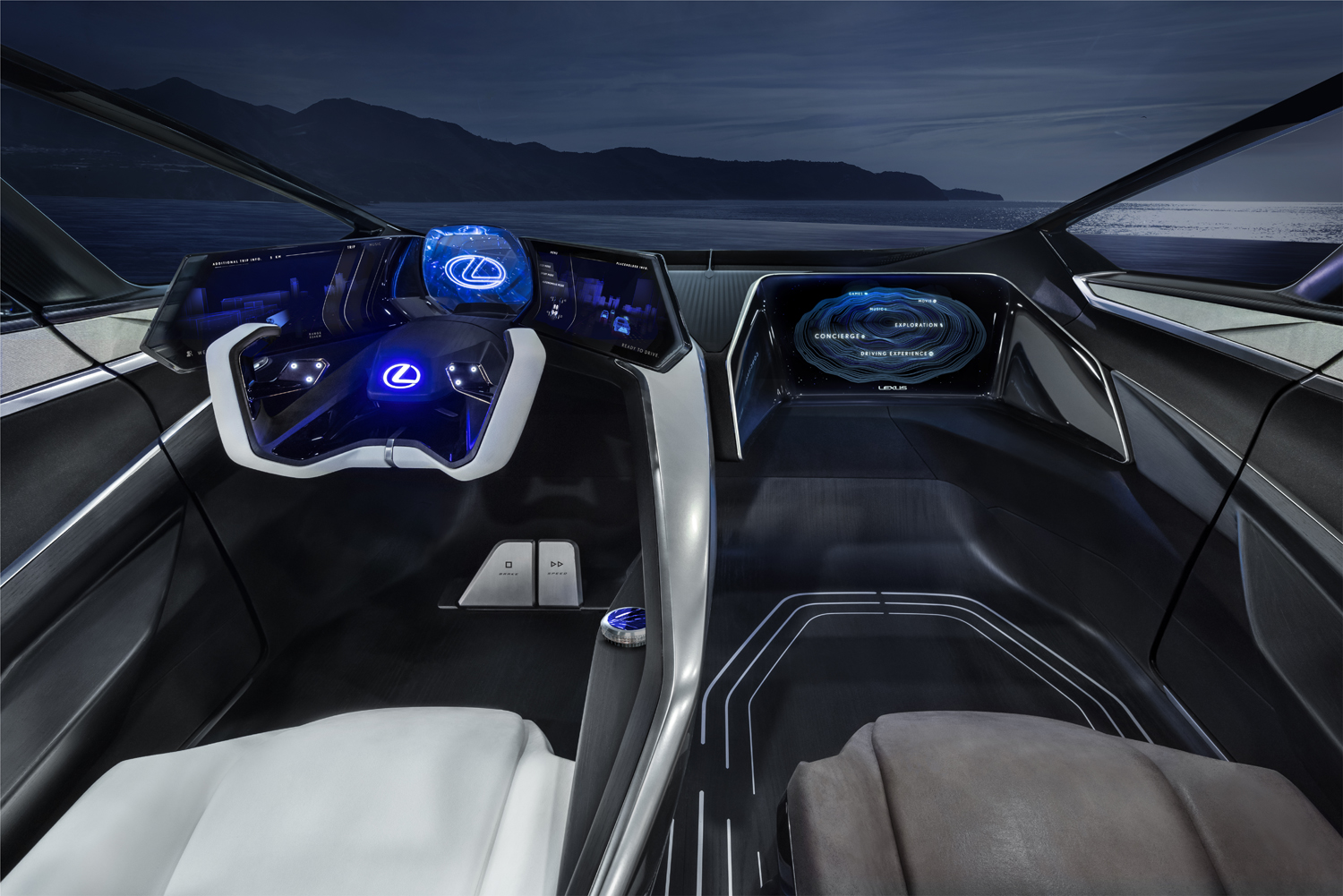Lexus was a pioneer in the hybrid car segment — it identified the technology’s potential well before its rivals — but it has been hesitant to go fully electric. It finally showed its vision of a battery-powered luxury car when it unveiled a futuristic concept named LF-30 Electrified during the 2019 edition of the Tokyo auto show.
The LF-30 Electrified stays true to Lexus values by arriving as a design-led, tech-savvy model, but it breaks nearly every tie with members of the company’s current range, and it doesn’t easily slot into an existing market segment. While it’s wider than the LS, the firm’s flagship sedan, and nearly as long, its proportions are dramatically different.
The concept illustrates how Lexus plans to reinvent its design language as it branches out into the electric car segment. Koichi Suga, the company’s design boss, told Digital Trends through a translator that he asked his team not to fully eliminate the spindle grille. It’s true that electric cars need less cooling than gasoline-powered models, but they nonetheless require air to prevent the components that make up their drivetrain from overheating. Besides, the spindle grille has become a hugely significant part of the company’s identity; it helps Lexus models stand out from the crowd, even at a distance. Suga isn’t eager to throw that equity away and start from scratch. The spindle stays, then.
“We feel that our future could resemble this design,” he told Digital Trends in reference to the LF-30.
Peeling off the body reveals a cutting-edge powertrain built around a 110-kilowatt-hour lithium-ion battery pack. It zaps four in-wheel electric motors into action, unlocking the drivetrain’s full, 536-horsepower potential. Giving each wheel its own motor (rather than putting one on each axle, which is the unofficial norm in 2019) makes for a more compact drivetrain that’s easier to control and adapt to different driving conditions. Lexus claimed the concept’s maximum driving range checks in at 310 miles, though that figure was obtained using the optimistic WLTP testing cycle.
The LF-30 can drive itself when the right conditions are met, and it’s packed with clever tech features we’ve never seen before. Take the Airporter, for example. It’s a drone that autonomously picks up your luggage in front of your house, and drops it directly into the trunk. Step inside, and you’ll see the user interface was designed so that the driver doesn’t need to take his or her eyes off the road to perform basic functions, like punching an address into the navigation system, but also to let the passengers relax. There’s an individual entertainment screen right ahead of the front passenger, and the rear passengers can sit back — literally –, relax, and watch a movie displayed on a glass roof Lexus calls a SkyGate. It can also show a starry sky, or navigation directions, depending on what the rear occupants are in the mood for.
Company vice president Koji Sato told Digital Trends he firmly believes in-wheel motors are the future. He also conceded the technology isn’t ready for mass production yet, and it might take years before it transitions from the show floor to the showroom floor. That’s fine, there’s time; the LF-30 previews what a Lexus might look and drive like in 2030.
In the meantime, Lexus pledged to offer an electrified variant of every nameplate it sells by 2025. That doesn’t mean going fully electric; electrified is a blanket term that includes mild hybrids, regular hybrids, plug-in hybrids, hydrogen-electric cars, and, of course, EVs. The first plug-in hybrid Lexus will arrive in the early 2020s, as will the company’s first series-produced EV. Electrified Lexus models will ultimately outsell its non-electrified vehicles.
